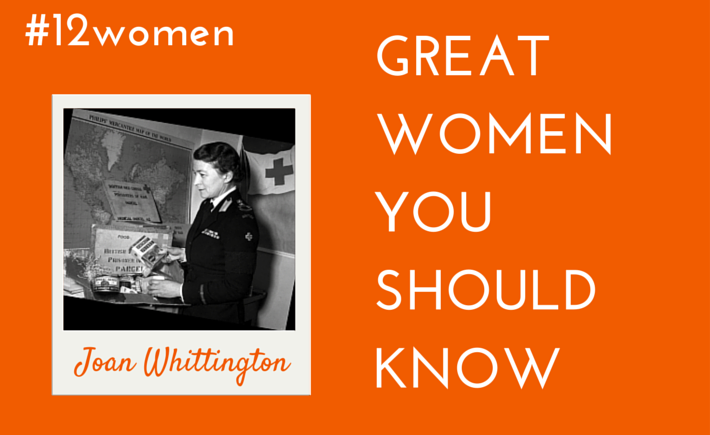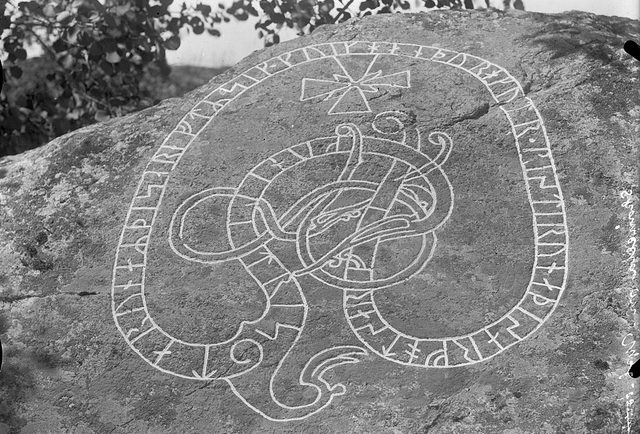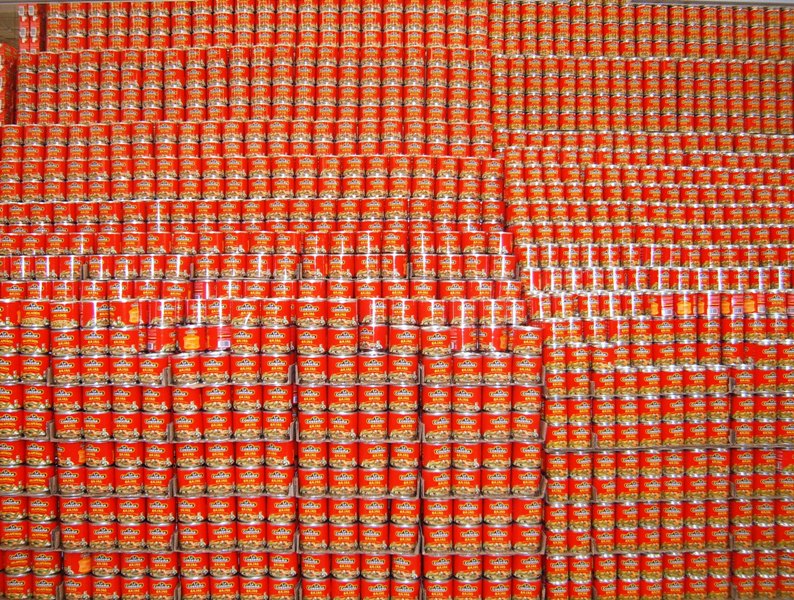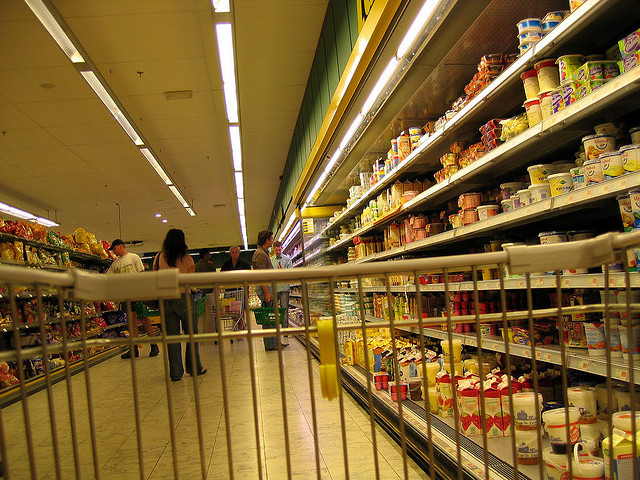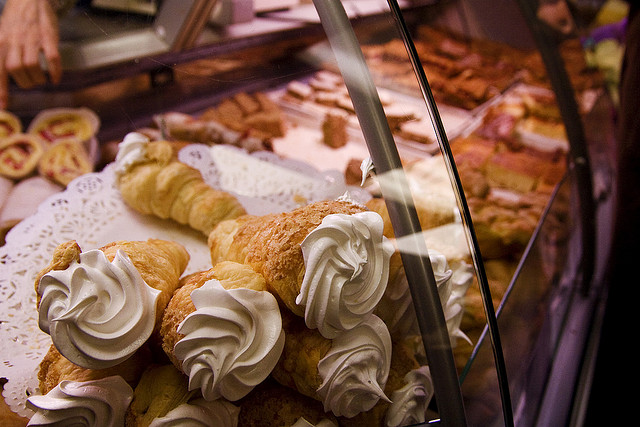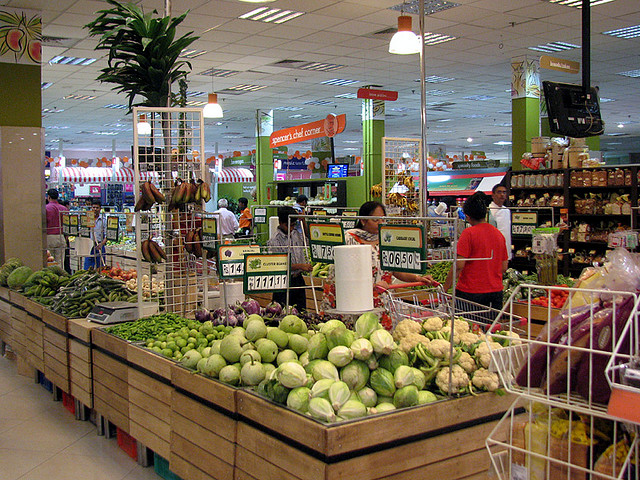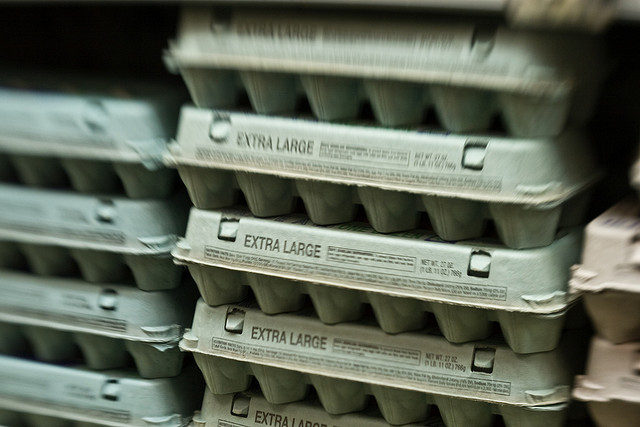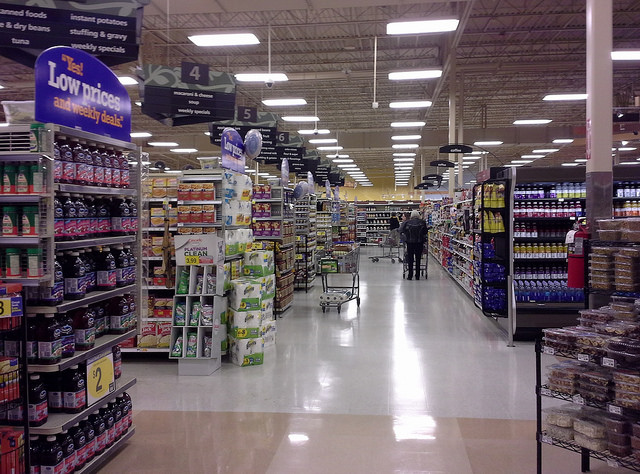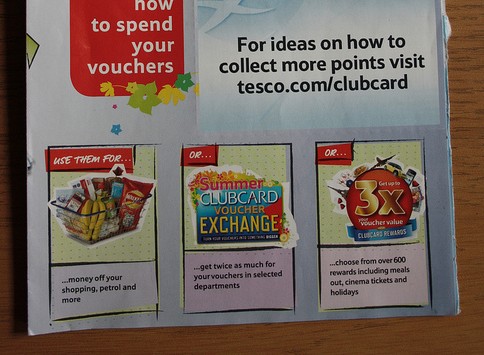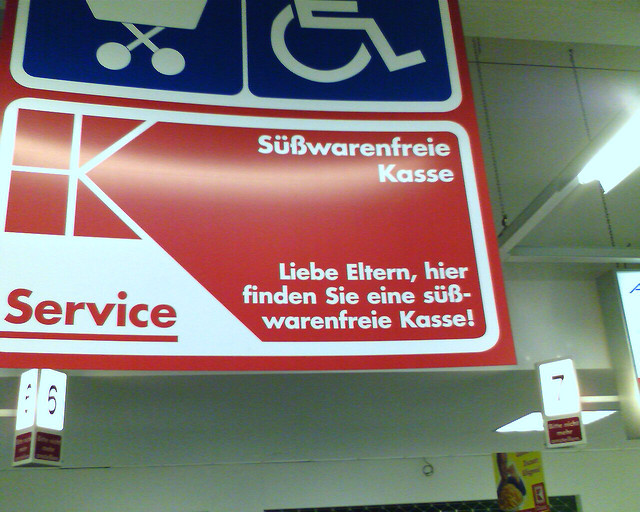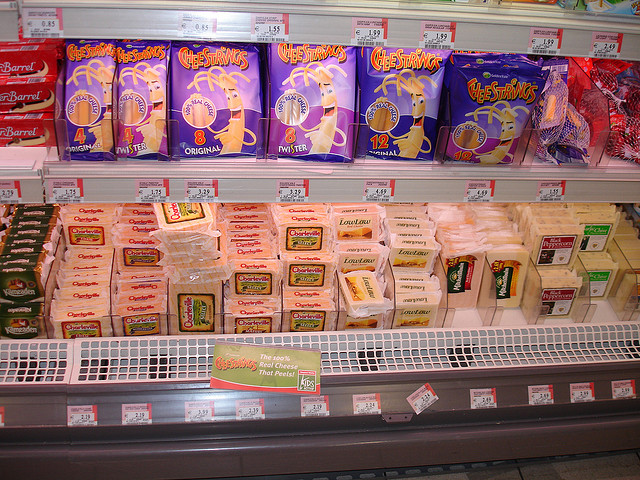Early English Writing – Runes and the Futhorc
Did you know that English hasn’t always been written using the alphabet that we know today? There have been several changes in the way we write over the centuries. We shall start by looking at the runic script. You may already have heard of runes, and perhaps you know that the term refers to some form of writing. We’ll look at runes and the early English alphabet called Futhorc.
Runic Script
First of all, what are runes? Contrary to what legend and hazy modern stories may tell us, runes are not magical, and they are not an exclusive part of an ancient Celtic religion or only associated with druids. Neither are they symbols of the mysterious or spiritual. It is very simple. Runes are letters.
Runic script is a system of writing that is surprisingly close to what we use today in its concept: runes are the letters in a set of alphabets (sometimes called ‘runic alphabets’). These alphabets were used to write Germanic languages. Not simply German as we know it today, but other languages in the same family. This means that it includes English. In fact, the earliest form of writing for English was runic.
The very early form of English that evolved from a language we call Proto-Germanic, which we believe gave rise to many other languages such as German, Dutch, Swedish and others, is known by the term Old English and sometimes also Anglo-Saxon. The second term reflects the names of the Germanic tribes which are believed to have formed the main group of speakers that arrived on the British Isles to displace Celtic languages. It is this early form of English, Old English, which was written in runes.
The Futhorc or Fuþorc
The version of runes used to write Old English is known as the Futhorc. It was developed from the older system of runes used to write other, earlier West Germanic languages, known as the Futhark (fuþark). This Futhark consisted of 24 runes, and the early English speakers found it necessary to expand that and add extra runes to reflect the changes in pronunciation, or the sounds that gradually became part of the language.
They started by adding two extra runes, and this gradually increased until the Futhorc consisted of as many as 33 runes, or letters. You may be thinking that this is rather a lot – but then consider that our modern alphabet uses combinations of more than one letter in order to represent one sound, such as ‘th’ or ‘sh’ and so on. The Futhorc has a separate letter, the thorn þ, to represent ‘th’.
Now, in modern English, we use the Latin alphabet with a few modifications to write our language. The Latin alphabet was first adapted from the Etruscan alphabet, which was in turn derived from the Greek alphabet, and this is where we get its name from.
We call it ‘alphabet’ from the first two letters, A and B, which in Greek are alpha and beta: alphabet. So what about this ancient runic system? Where does the name ‘futhorc’ come from?
There is nothing mysterious about it. It is not an arcane word with some sort of symbolic meaning requiring years of study to understand. When we break it down, it is the same idea as the alphabet. The name ‘futhorc’ derives, or comes from, the first six letters of the runic alphabet. These are feoh (F), ur (U), thorn (TH), os (O), rad (R) and cen (C); FUTHORC, as you can see.
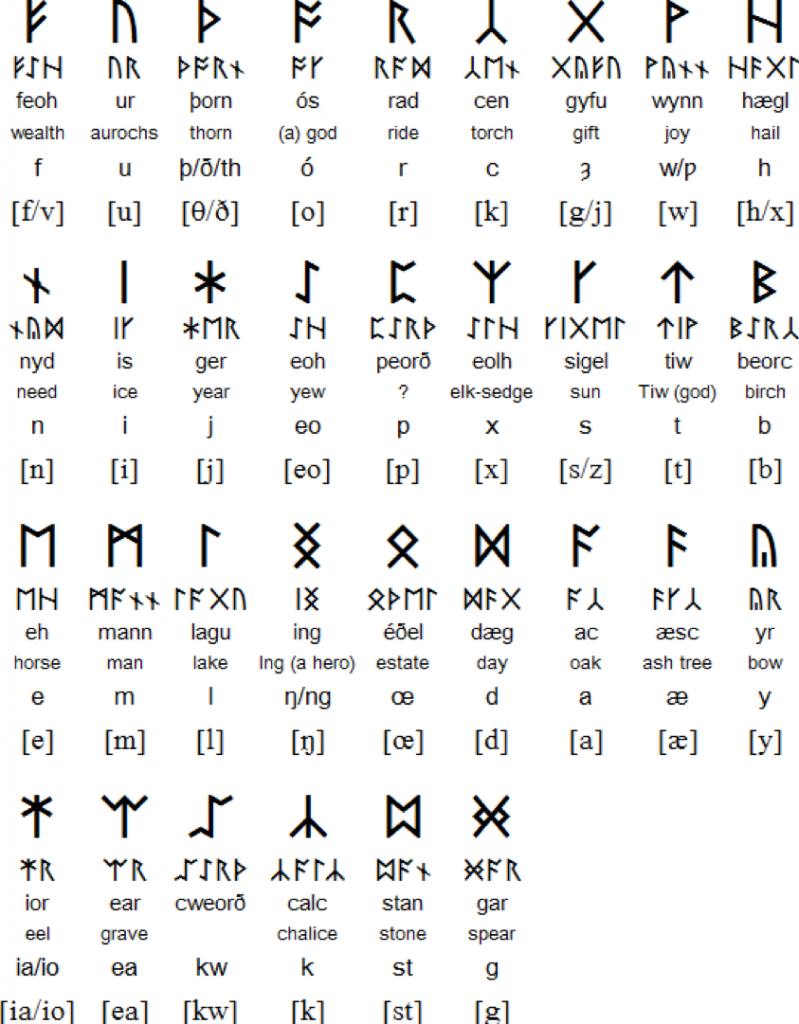
It is essentially the same concept as the alphabet that we use today: each rune, or letter, was used to represent a phoneme, or sound, the basic building blocks of our words.
The Futhorc was used for several centuries to write down English, and for a while when the Latin alphabet was first used for English, the two were both in use at the same time. You can even see some early monuments which have both systems of writing side by side!
Runes were used from around the fifth century to the ninth or tenth centuries in English, although the Germanic Futhark is much older than that.
In our next post, we’ll take a look at the Latin Alphabet, and tell you where you can go to take a look at RL examples of the Futhorc and the Latin Alphabet.
Who Was Tony Benn?
You might not have heard of Tony Benn, but his life and work helped define the country in which Jump! Mag is based – United Kingdom. A towering figure of British politics, he worked for over 60 years, first as Member of Parliament for Bristol South East and later Chairman of the Labour Party. Even after leaving parliament, he continued to make his views known, and was an extremely popular politician, both among Labour voters and supporters of other political parties.
8 Supermarket Tricks to Make Your Parents Spend More
You might have noticed that many supermarkets have a similar layout. This is no coincidence. Researchers have spent many years working out how to set out the store in order to get customers to spend more! See how many of these supermarket tricks you recognise, the next time you go shopping with your parents!
Huge Trolleys
Shopping trollies are deliberately MUCH larger than needed for a weekly shop, which encourages customers to buy more. In fact, they’ve been getting bigger and bigger in the past few years.
The Bakery at the Entrance
That smell of freshly baked bread? Not only does it make you want to buy a yummy loaf, it also makes you hungry. It is well known that if you go shopping when you are hungry, you buy more!
Tempting Fruit and Veg
After the bakery, comes the fruit and veg section. This often strikes me as a bit daft – by the time I get around to tins and packets of pasta, my salad is squashed at the bottom of the trolley! The bright colours tempt customers, and lots of supermarkets present fruit and veg in baskets or crates, to make it seem like they’ve come straight from the farm! Once you’ve filled your trolley with healthy produce, you’ll feel better about the packets of biscuits and crisps that come later!
Essentials Around the Store
Just popping in with your parents to quickly to pick up some eggs, or milk? You might notice that these essentials, and others like sugar, salt and flour, are spread around the store. The supermarket planners want you to walk around the store as much as possible, passing all those tempting special offers at the end of the aisles.
End of Aisle Offers
The shelves at the end of the aisles are the ones that we pay most attention to, and so supermarkets stack their special offers there, to persuade you to buy them. These are often things like fizzy drinks, that you might not normally purchase.
Loyalty Cards
Supermarkets don’t just give their customers loyalty cards to encourage them to come back to their stores. They also use the data (information) collected to target their advertising better. If your parents have a loyalty card, have a look at the next letter they receive to see if they are giving discounts on products that your family often buy. Have a think about what the supermarket would know about your family – if you have a pet, when you have birthdays (e.g. if you buy a cake in the store), what toys you like, which interests you have (e.g. your parents bought a magazine about traveling to Italy).
Sweets at the Checkout
Ok, hands up if you’ve ever asked your parents for sweets when you were at the checkout! In Germany, they have a word for this – Quengelware. The word is made up of “quengeln” which means “to whine” and “Ware”, which means products. Products that make kids whine or grump at their parents, who are fed up with the hassle of shopping and give in to their kids’ demands! Some supermarkets now advertise that they have lanes without sweets, so that parents can avoid this argument.
Kids’ Products at Your Eye Level
Talking of kids in supermarkets, did you ever notice that products aimed at kids are displayed at your eye level? The cheese strings are placed at that height in the hope that you will ask for them!
How many of these supermarket tricks did you recognise? Next time you go shopping, take a good look at how the store is laid out and see if you can find some more.
